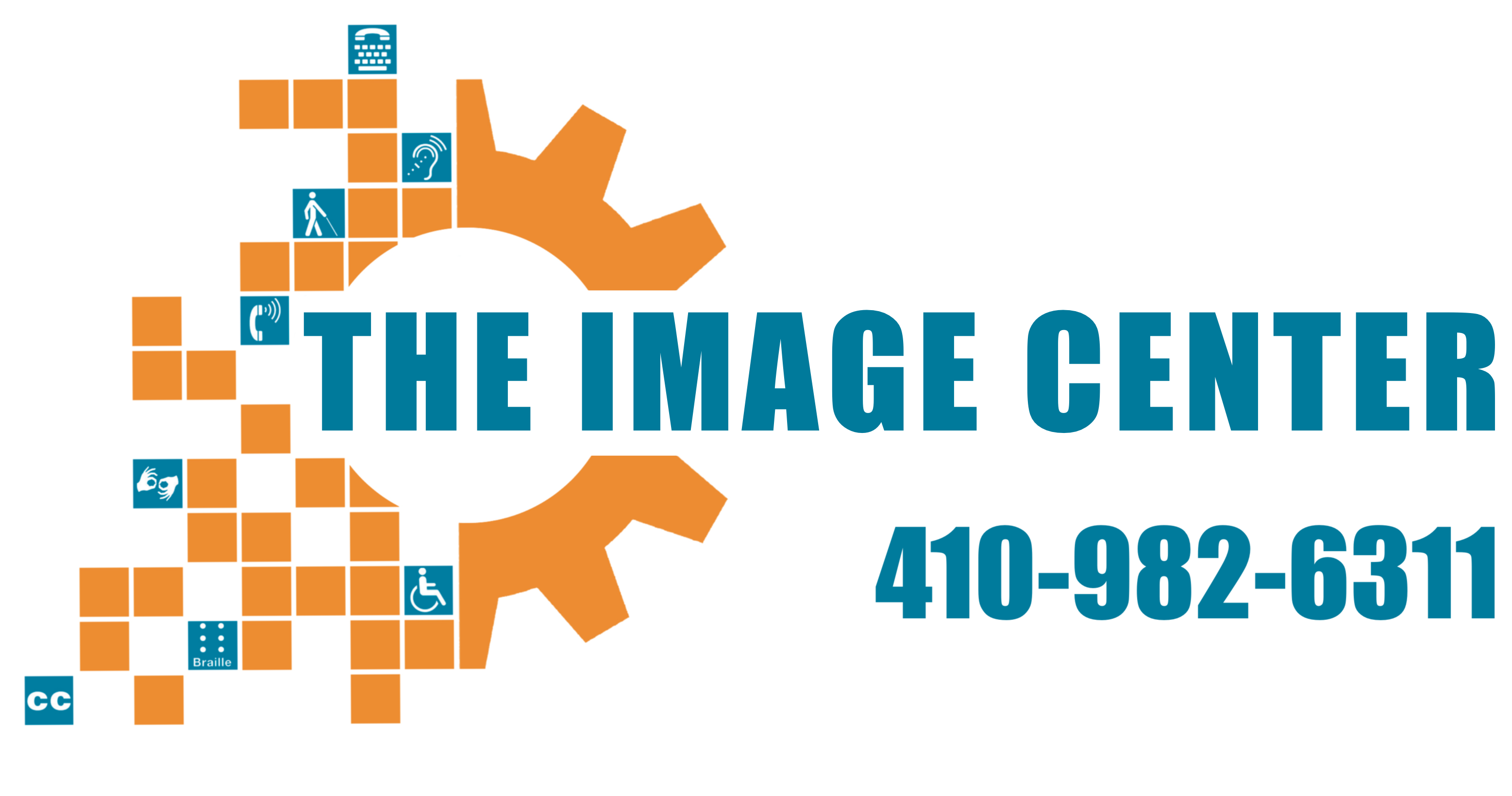Accessible Assistive Technology in Your IEP, A Four-part Series This February, we have been exploring assistive technology (AT)—what it is and what makes it accessible AT: Part 1: Determining What You Need in School Part 2: Determining What You Need at Home and in the Community Part 3: Determining the Training You Need Now it’s […]
Category: Series: AT in the IEP series, February 2021
Learning How to Use Accessible Assistive Technology We began this Accessible Assistive Technology in Your IEP Series with posts about determining what accessible AT you need for school purposes and for use at home and in your community. But accessible AT is not enough; you need to know how to use it and how you […]
Quick Review of Accessible Assistive Technology and the SETT Framework Assistive technology (AT) is any tool, device, etc. that helps a student with a disability perform a task. Examples include magnifiers, Perkins Braillers, long white canes, etc. Accessible assistive technology is AT that allows blind/low vision students to use the technology efficiently and effectively. For […]
What is Assistive Technology? In the IDEA, the federal law that created IEPs, “assistive technology devices” (AT devices) have a broad definition and, essentially, anything that helps a student with a disability do something is an AT device (see the legal definition below). In fact, if the last three words (with a disability) were deleted, […]
